Tata Bolt first look review
The Tata Bolt hatchback may be based on the Vista's X1 platform, but it's a crucial step towards a whole new company direction. Here's a closer look.
Published on Mar 14, 2014 02:00:00 PM
47,504 Views
Follow us on
The Tata Bolt hatchback is expected to enter our showrooms in the latter half of 2014.
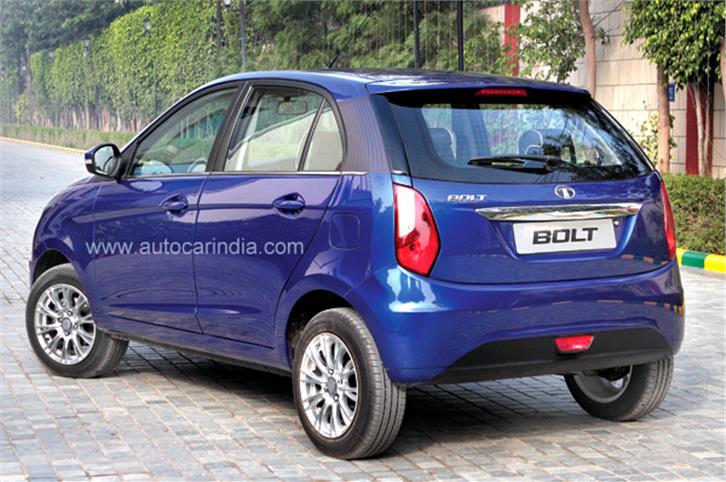
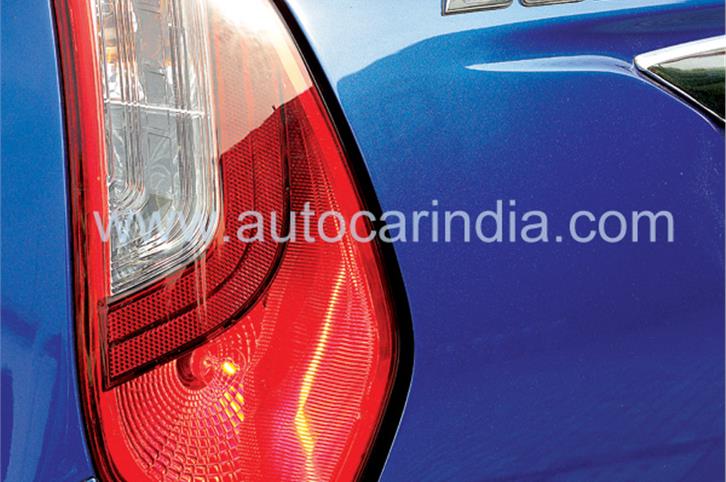
We expect the new Bolt to be priced competitively.
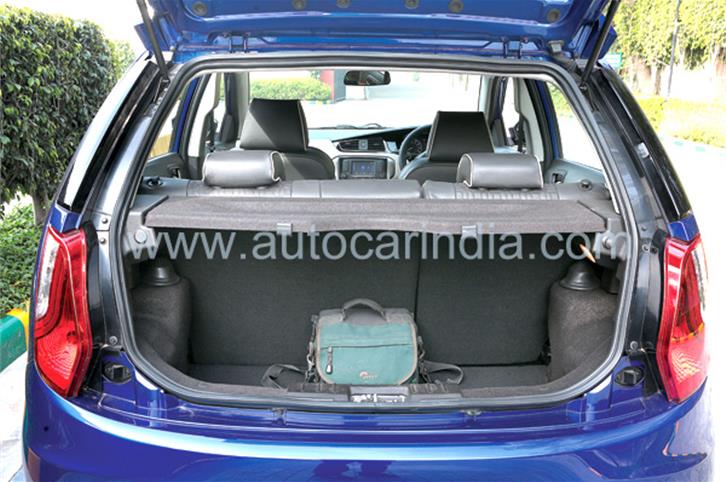
Chassis challenge
A big part of the chassis improvements were aimed at reducing the noise, vibration and harshness entering the cabin. There is, for example, a new steering rack mounted on a new sub-frame, the hard points of which were optimised to transmit the fewest shocks to the steering wheel. The steering mechanism itself is a shift from the Vista’s hydraulic power steering to a ZF-designed electrically assisted unit, which comes with a brushless motor for better returnability and on-centre feel. Even the engine mount bushes have been optimised to isolate engine vibrations from the cabin occupants. According to Girish Wagh, senior vice president Product Planning of Tata Motors, the improvements achieved through controlling the vibes at the source has facilitated the use of less NVH-absorbing material – about 3.5kg has been saved this way.
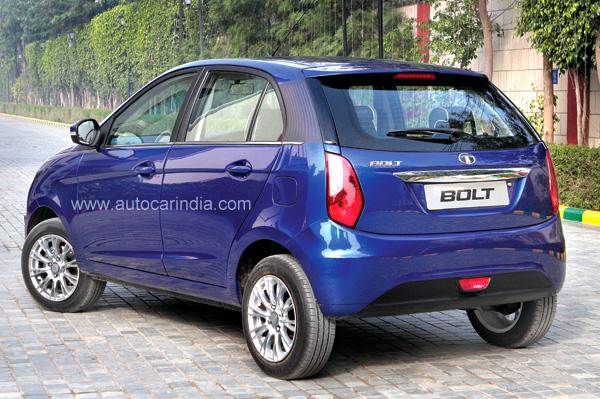
Power pack
The talking point of the Bolt is the new Revotron engine. It’s a 1.2-litre turbocharged, multi-point fuel-injected petrol motor that makes 84bhp. While that might not sound particularly impressive in the face of the naturally aspirated Brio’s 88bhp or the Swift’s 86bhp, the Revotron’s USP is the meaty 14.3kgm of turbo-aided torque it makes right from 1750rpm, 11.2kgm of which is available right from 1,000rpm.
Tata says it deliberately went in for a ‘soft’ turbo to aid throttle response and linearity in power delivery. The Revotron uses a simple two-valve head and Tata Motors claims that because it’s a forced-induction engine, there’s no real loss as compared to the better breathing a four-valve head offers.
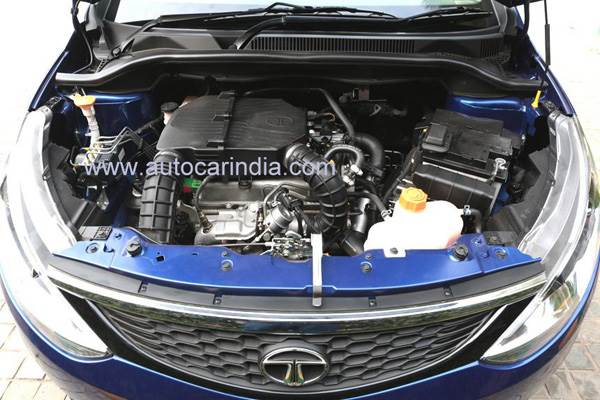
The Revotron also features a first-in-segment ‘Sport’ mode, accessed via a button on the dash that switches to a different ECU map, altering the fuelling and other parameters.
The main focus for this engine, though, was fuel efficiency and noise reduction, and to that extent, it uses a cast-iron block that is inherently better at absorbing combustion noise. A lot of other bits also help reduce engine noise – there’s a hydraulic lash adjuster and roller finger followers that help reduce mechanical noise, the reciprocating masses inside the engine have been carefully balanced and the oil sump has been stiffened too. Even the brackets to which the engine ancillaries are mounted have been designed in a way that ensures their operating frequencies never exceed limits to become a noise source.
The diesel engine is the tried and tested Fiat-licensed, 1.3-litre Multijet and Tata says that the 50kg weight reduction achieved with the modifications to the chassis and body along with better ECU calibration and fuelling has helped minimise the weak bottom-end responses that this engine is notorious for. The Bolt will get the Multijet with the fixed-geometry turbo that amounts to 74bhp.
Copyright (c) Autocar India. All rights reserved.

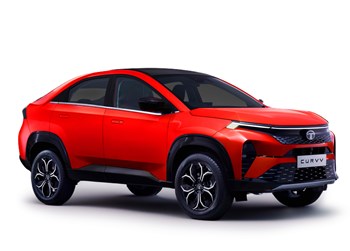
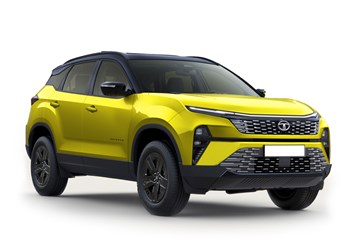
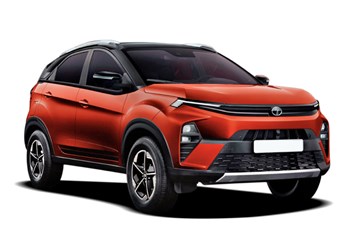

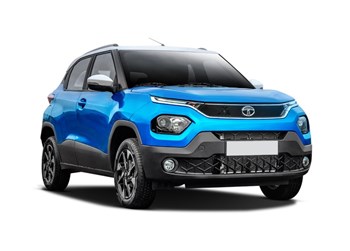

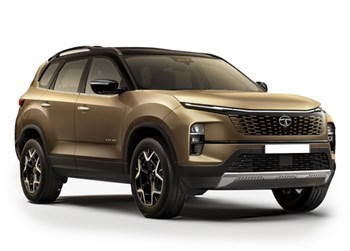

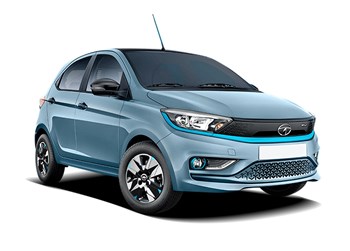

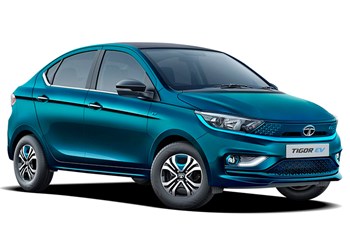


Comments
Member Login
Personal Details
No comments yet. Be the first to comment.